Car emblems and logos are more than just symbols; they represent the heritage, values, and identity of a brand. These iconic designs often have fascinating backstories that reflect the history and aspirations of their creators. Let’s explore the origins of ten of the most recognizable car emblems.
Mercedes-Benz: The Three-Pointed Star
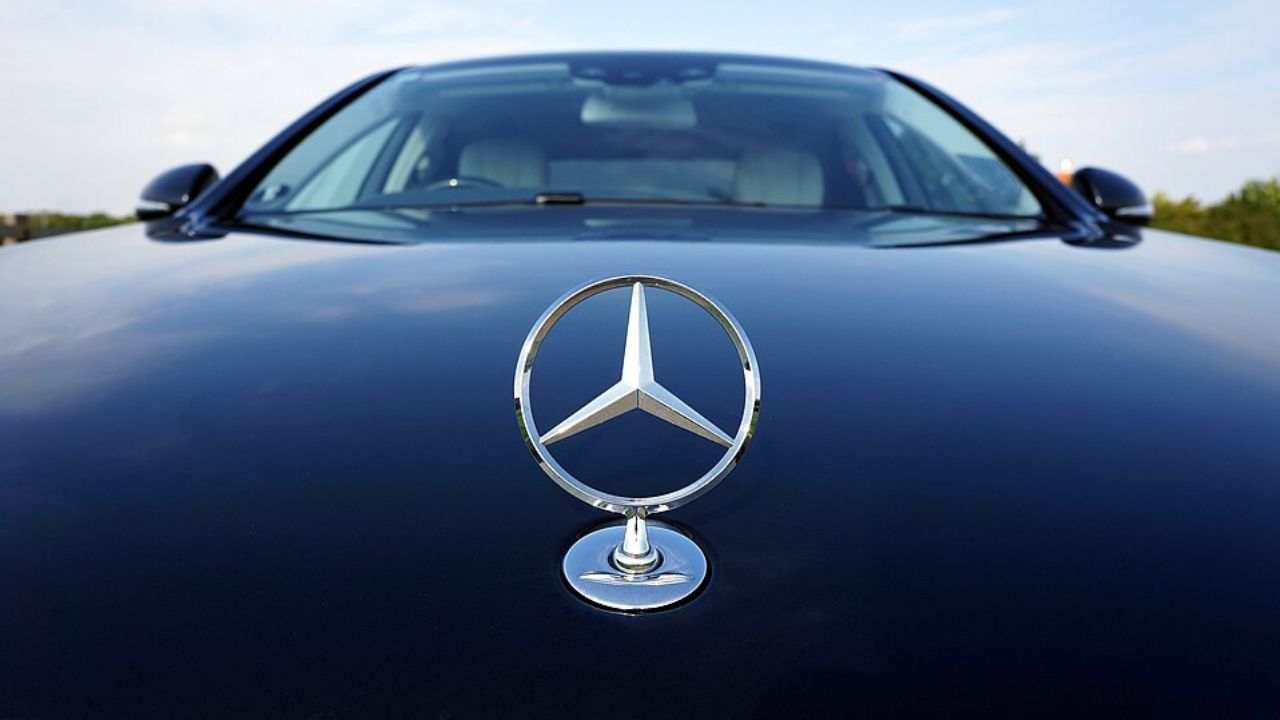
The Mercedes-Benz three-pointed star is a symbol of engineering prowess and luxury. This emblem was devised by Gottlieb Daimler, the company’s founder, in 1909. Daimler’s star represented his vision of universal motorization, symbolizing how the company would dominate land, sea, and air transportation.
Over the years, the three-pointed star has become synonymous with high-end automobiles known for their performance and elegance. Models like the Mercedes-Benz S-Class continue to uphold this legacy, showcasing the brand’s enduring commitment to innovation and quality.
BMW: The Bavarian Propeller
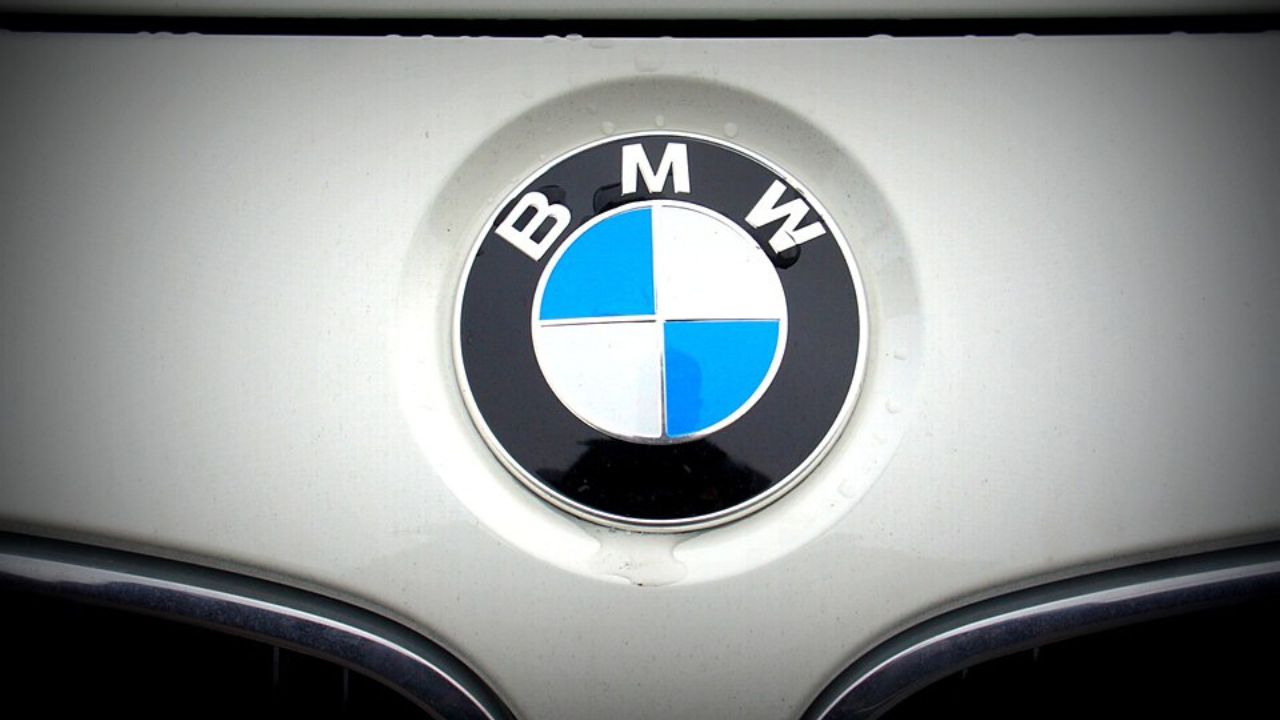
The BMW logo is often misunderstood as a propeller, but its origins are rooted in the company’s Bavarian heritage. The blue and white colors in the emblem represent the Bavarian flag, highlighting the company’s origins in the German state of Bavaria.
Initially known for manufacturing aircraft engines, BMW’s logo has come to symbolize precision engineering. The emblem can be seen on models such as the BMW 3 Series, demonstrating the brand’s evolution from aviation to leading the automobile industry.
Ferrari: The Prancing Horse
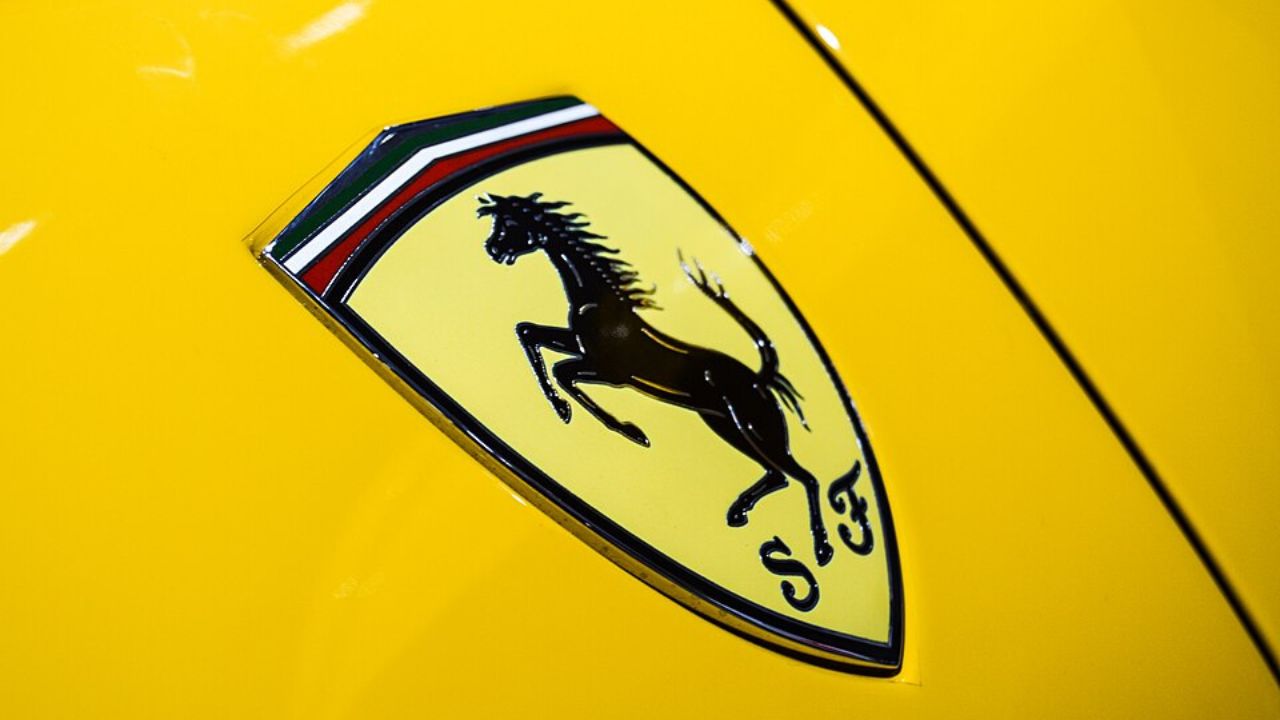
The prancing horse, or “Cavallino Rampante,” is a symbol of speed and luxury associated with Ferrari. The emblem was originally the symbol of Italian World War I flying ace Francesco Baracca. After his death, Baracca’s mother suggested Enzo Ferrari use the emblem for good luck.
Ferrari adopted the prancing horse in 1929, and it has since become a global symbol of performance and prestige. This iconic emblem adorns models like the Ferrari 488 GTB, epitomizing the brand’s racing heritage and luxury status.
Audi: The Four Rings
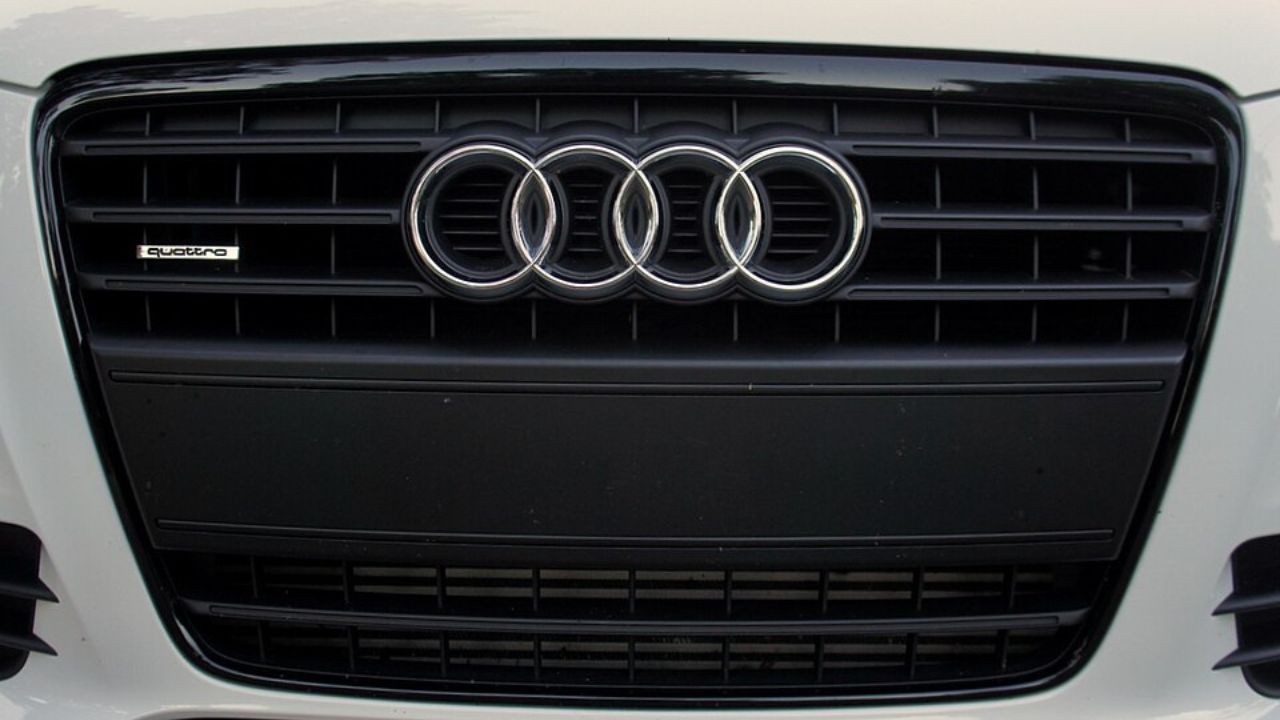
The four interlocking rings of Audi’s emblem represent the 1932 merger of four car manufacturers: Audi, DKW, Horch, and Wanderer. This union formed Auto Union AG, which later evolved into the modern Audi brand.
Each ring symbolizes one of the founding companies, illustrating a legacy of collaboration and innovation. Today, cars like the Audi A4 carry this emblem, representing a blend of tradition and cutting-edge technology.
Porsche: The Stuttgart Crest
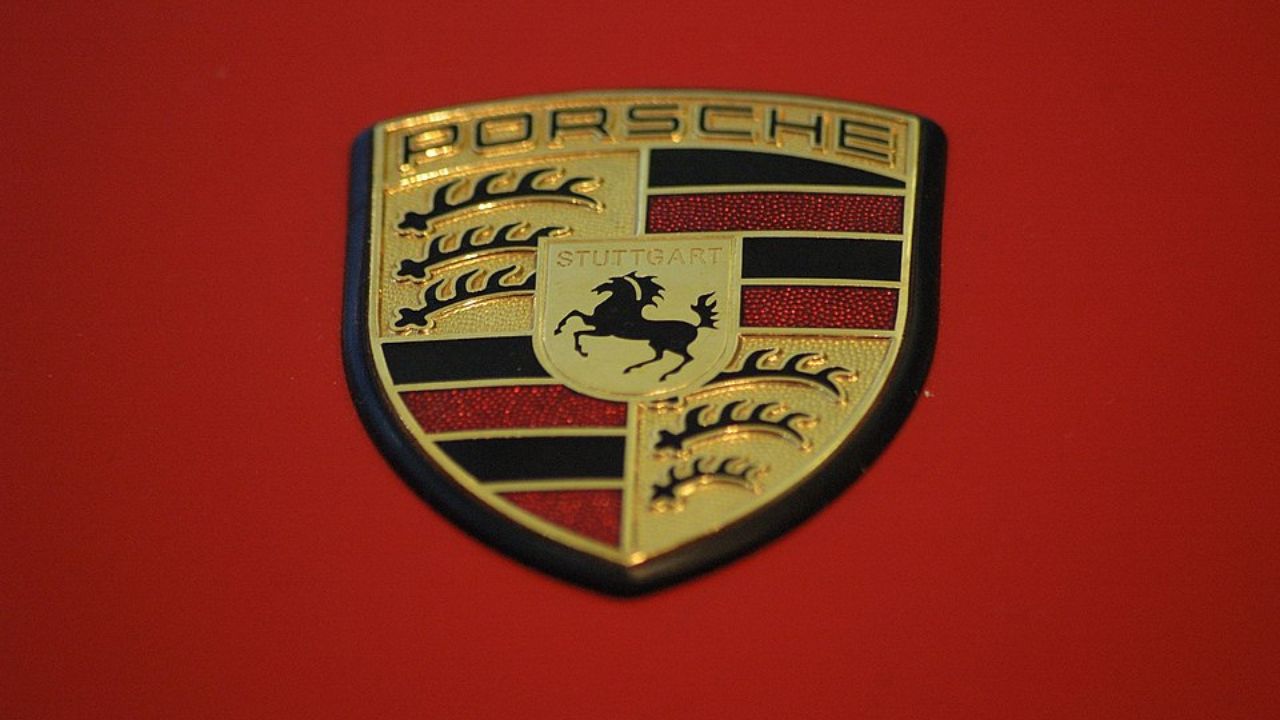
Porsche’s emblem features the coat of arms of Stuttgart, the company’s hometown, and the state of Württemberg’s emblem. The rearing horse signifies Stuttgart, while the antlers and red and black stripes represent Württemberg.
Introduced in 1952, this crest reflects Porsche’s deep ties to its German roots and its status as a symbol of high-performance engineering. Models like the Porsche 911 proudly display this emblem, synonymous with excellence and innovation.
Jaguar: The Leaping Cat

Jaguar’s leaping cat logo captures the essence of speed, elegance, and power. Introduced in the 1940s, the emblem was designed to reflect the grace and agility of the brand’s vehicles.
The leaping cat has become an iconic representation of Jaguar’s commitment to producing luxury sports cars. Models such as the Jaguar F-Type feature this emblem, embodying the brand’s dynamic spirit and sophisticated design.
Lamborghini: The Raging Bull
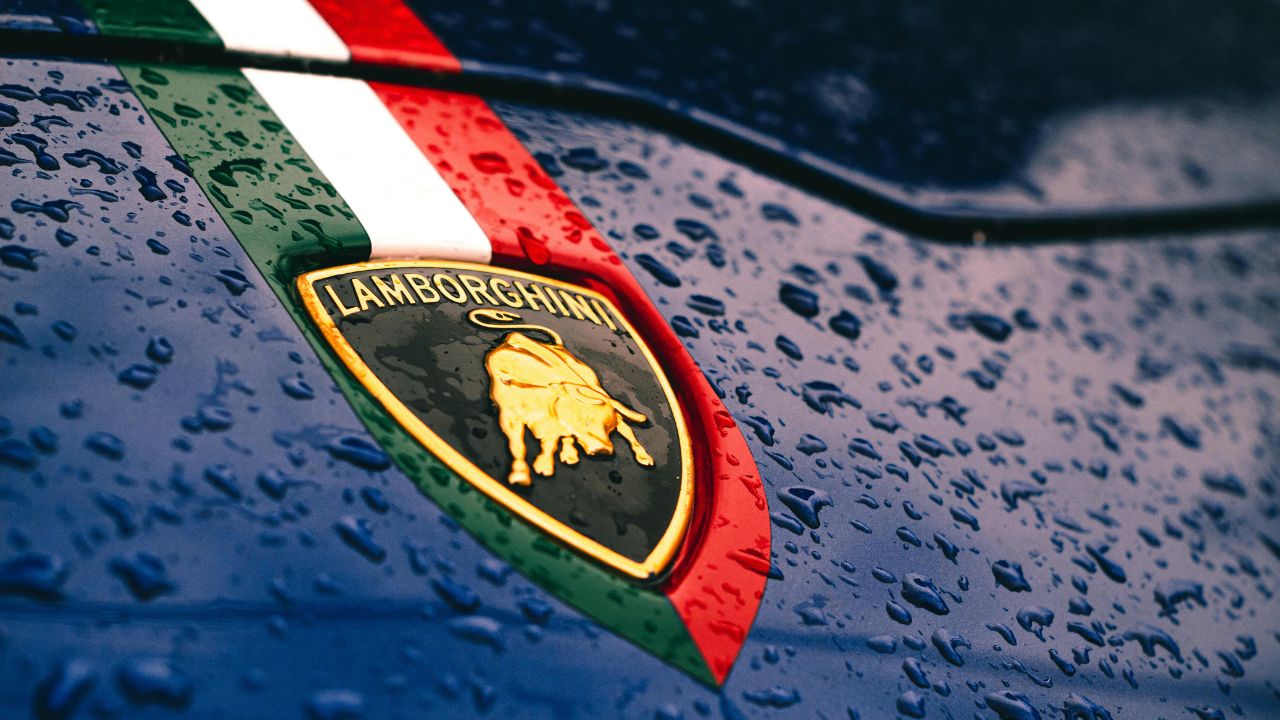
The Lamborghini emblem features a raging bull, a nod to the brand’s founder, Ferruccio Lamborghini, who had a passion for bullfighting. The emblem was inspired by Lamborghini’s zodiac sign, Taurus, and symbolizes strength and determination.
This powerful imagery aligns with the aggressive performance of Lamborghini’s supercars, such as the Aventador. The raging bull continues to signify the brand’s status as a leader in high-performance luxury automobiles.
Rolls-Royce: The Spirit of Ecstasy
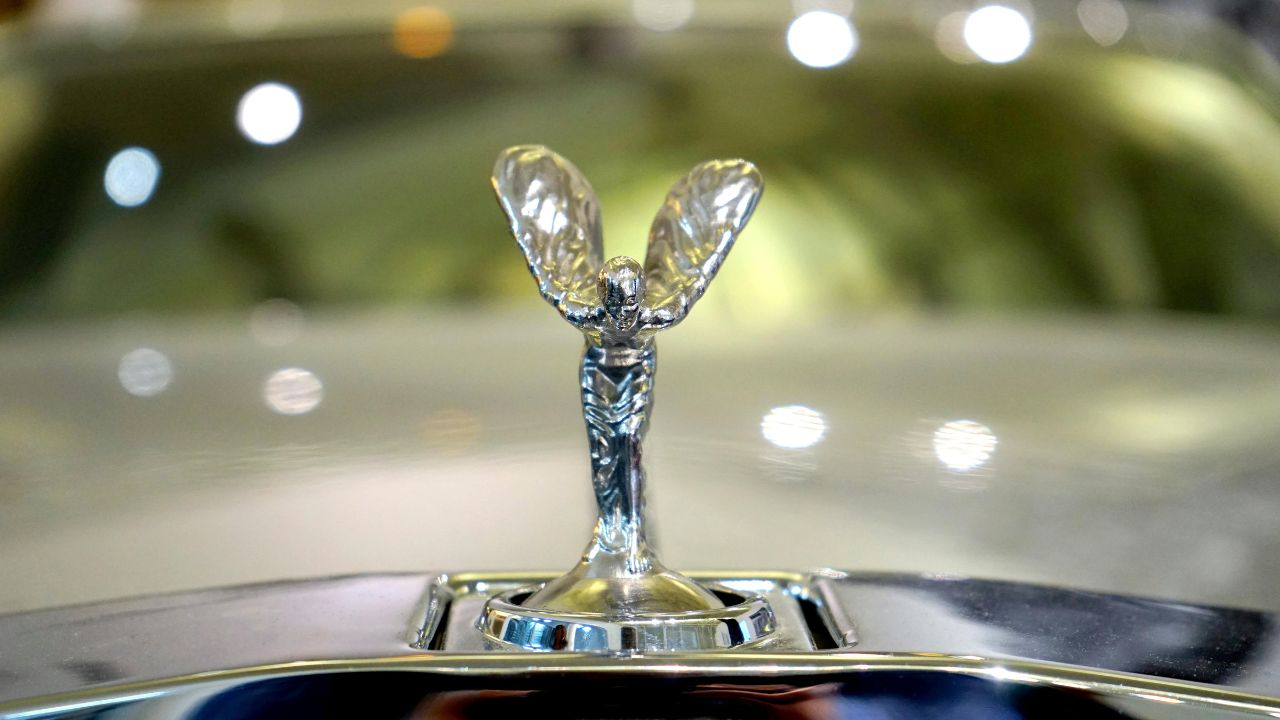
The Spirit of Ecstasy is a symbol of luxury and elegance that has adorned Rolls-Royce vehicles since 1911. Designed by sculptor Charles Robinson Sykes, it was inspired by Eleanor Thornton, a model and secretary.
This iconic mascot has become synonymous with the opulence and craftsmanship of Rolls-Royce cars. Models like the Phantom showcase the Spirit of Ecstasy, representing the brand’s timeless appeal and commitment to perfection.
Chevrolet: The Bowtie
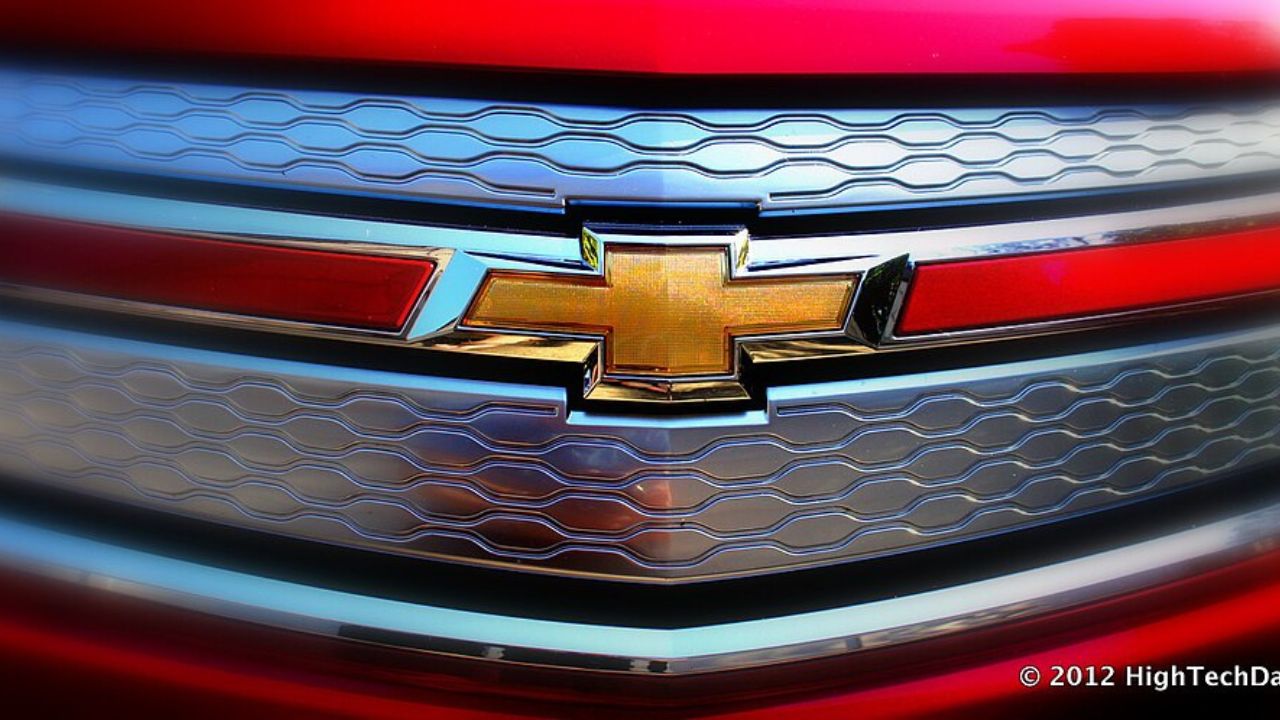
The Chevrolet bowtie emblem is a symbol of American ingenuity and automotive history. Introduced in 1913 by co-founder William C. Durant, the design’s origins are debated, with theories ranging from inspiration by a wallpaper pattern to a stylized Swiss cross.
Regardless of its beginnings, the bowtie has become an enduring symbol of the Chevrolet brand. Vehicles like the Chevrolet Silverado proudly display this emblem, highlighting the company’s legacy of building reliable and innovative cars.
Volkswagen: The VW Monogram

The Volkswagen emblem is a simple yet effective monogram consisting of the letters “V” and “W.” Designed in 1938, it represents the brand’s name, which means “people’s car” in German.
This emblem has become a global icon of automotive engineering and design, adorning models such as the Volkswagen Golf. The VW monogram reflects the brand’s commitment to producing accessible and high-quality vehicles for a diverse audience.
Like Fast Lane Only’s content? Be sure to follow us.
Here’s more from us:
*Created with AI assistance and editor review.

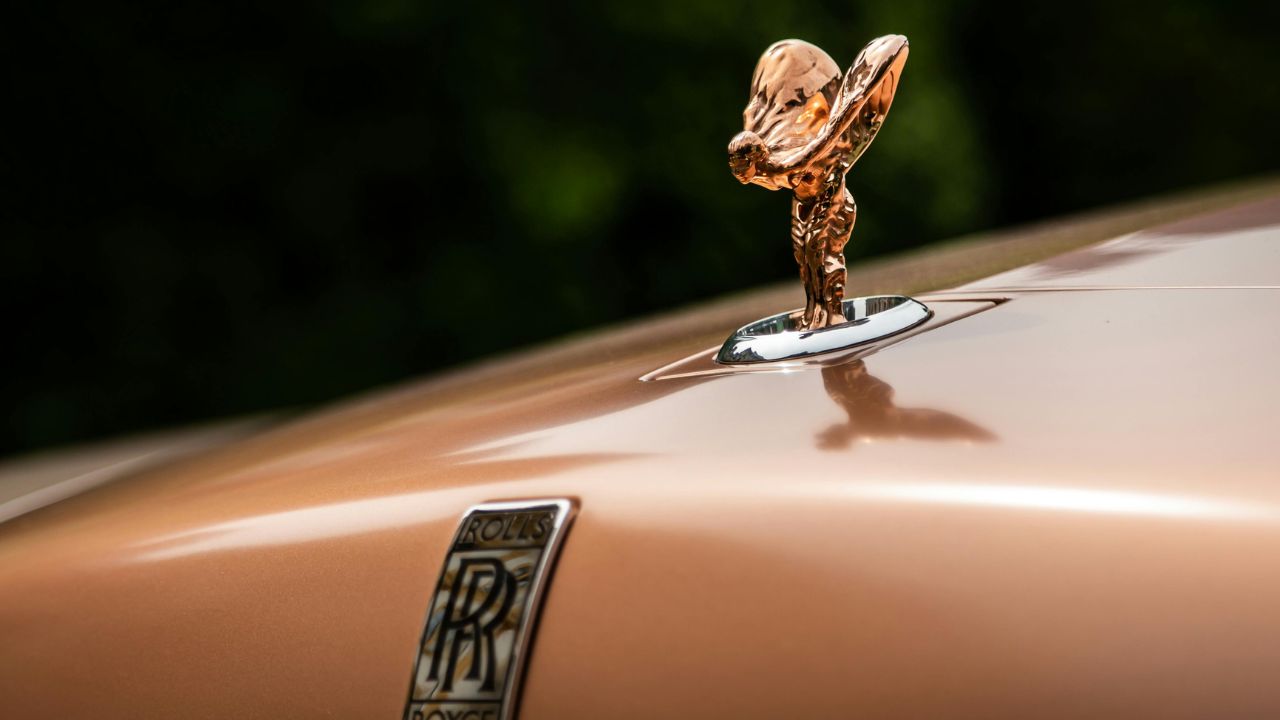


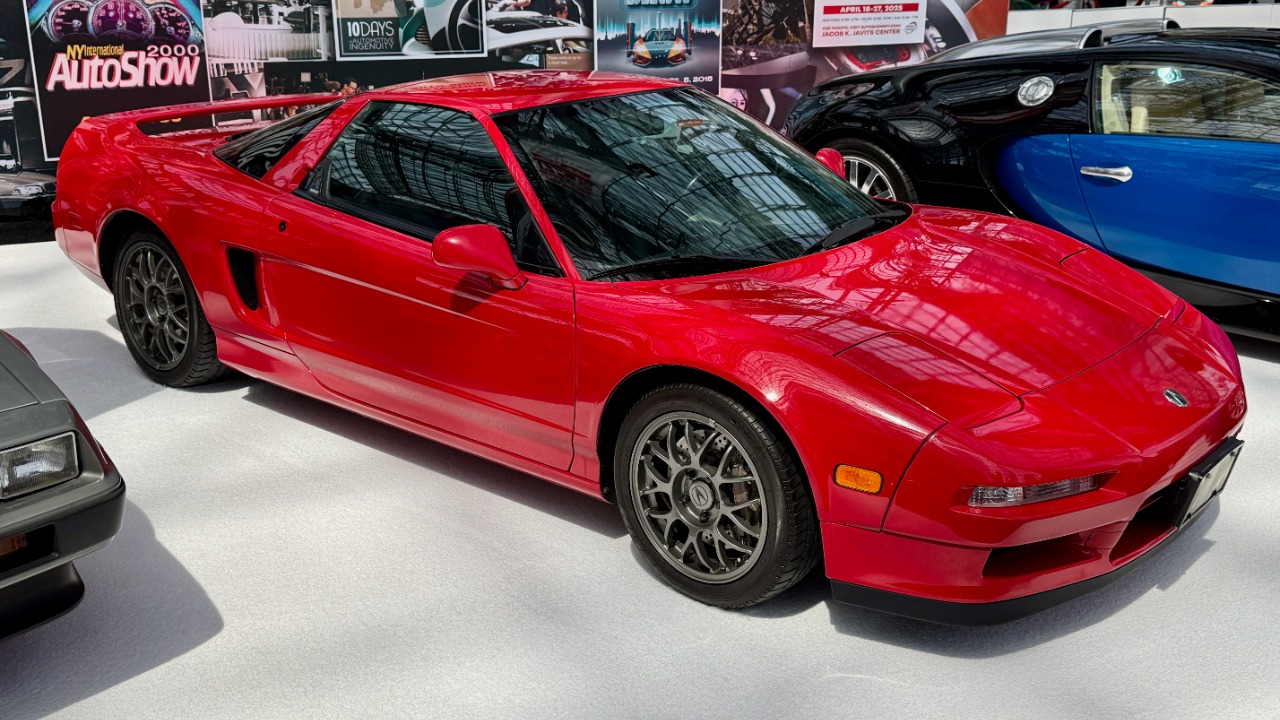
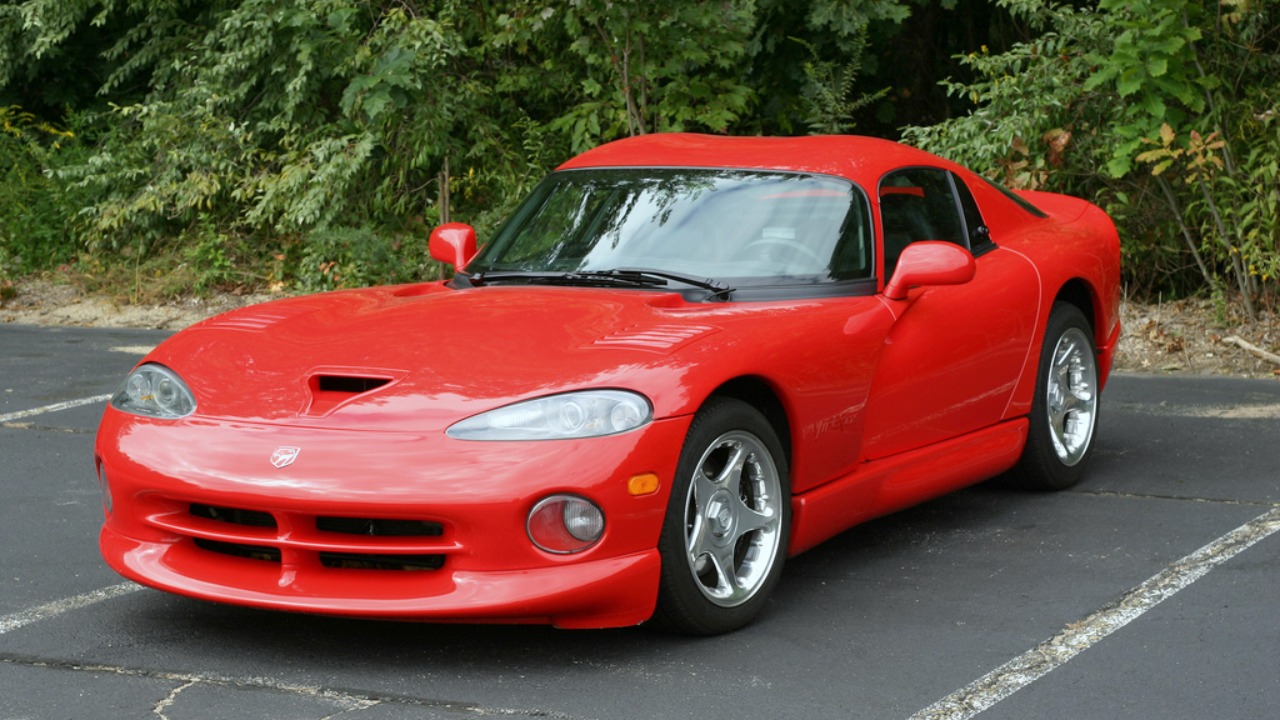

Leave a Reply